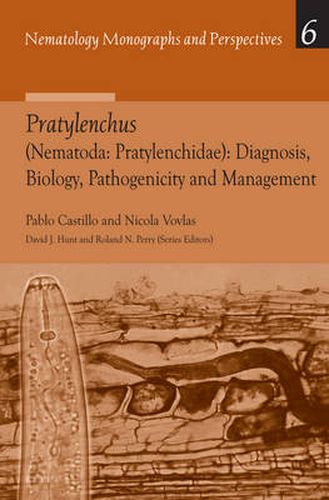Readings Newsletter
Become a Readings Member to make your shopping experience even easier.
Sign in or sign up for free!
You’re not far away from qualifying for FREE standard shipping within Australia
You’ve qualified for FREE standard shipping within Australia
The cart is loading…






Root-lesion nematodes of the genus Pratylenchus are recognised worldwide as one of the major constraints of crops of primary economic importance. Pratylenchus spp. comprises around 70 nominal species of worldwide distribution which parasitize a wide variety of plants. The book consists of ten chapters and presents summarised and specialised information concerning the importance of the Pratylenchus species in: agricultural crops, and their world distribution (chapter 1); taxonomy, systematic, general morphology and diagnostic traits of Pratylenchus spp. including new technologies based on biochemical and molecular analyses (chapters 2-6); biology, epidemiology, ecology, host-parasite relationships, and pathogenicity (chapters 7-9). Finally, it illustrates different management strategies for Pratylenchus species, including, crop rotation, host-plant resistance, chemical control, soil solarisation, and biological control (chapter 10).
$9.00 standard shipping within Australia
FREE standard shipping within Australia for orders over $100.00
Express & International shipping calculated at checkout
Root-lesion nematodes of the genus Pratylenchus are recognised worldwide as one of the major constraints of crops of primary economic importance. Pratylenchus spp. comprises around 70 nominal species of worldwide distribution which parasitize a wide variety of plants. The book consists of ten chapters and presents summarised and specialised information concerning the importance of the Pratylenchus species in: agricultural crops, and their world distribution (chapter 1); taxonomy, systematic, general morphology and diagnostic traits of Pratylenchus spp. including new technologies based on biochemical and molecular analyses (chapters 2-6); biology, epidemiology, ecology, host-parasite relationships, and pathogenicity (chapters 7-9). Finally, it illustrates different management strategies for Pratylenchus species, including, crop rotation, host-plant resistance, chemical control, soil solarisation, and biological control (chapter 10).